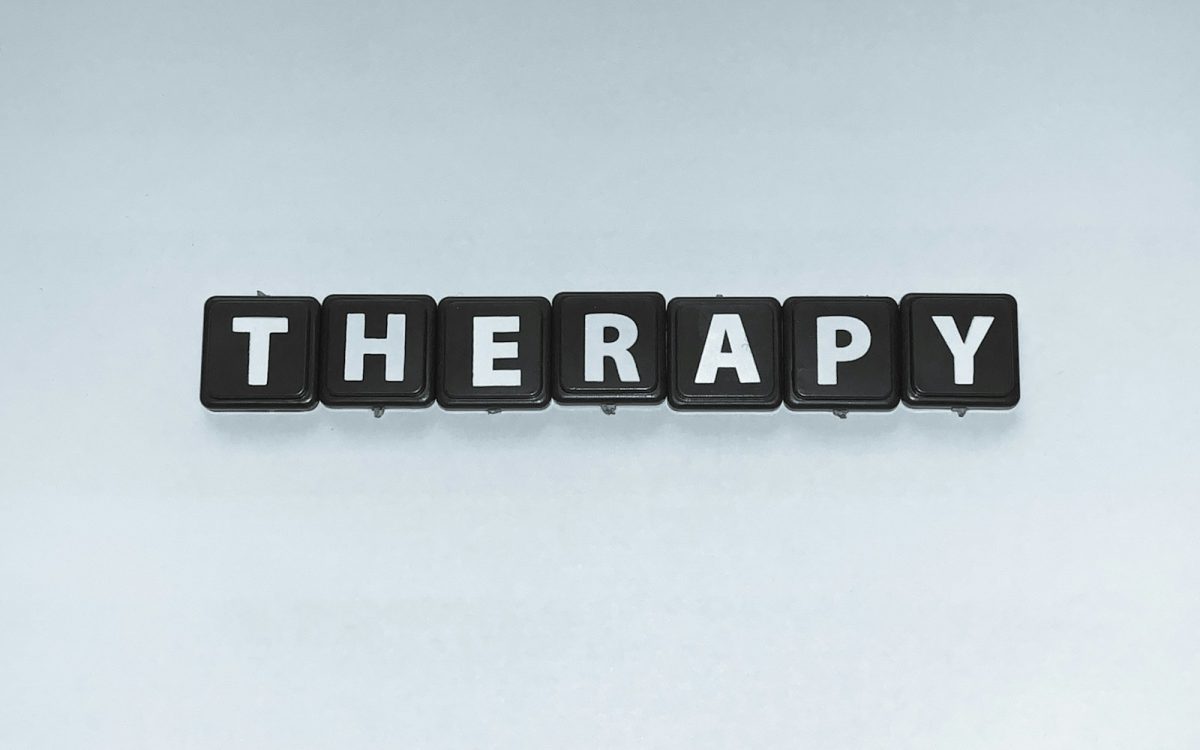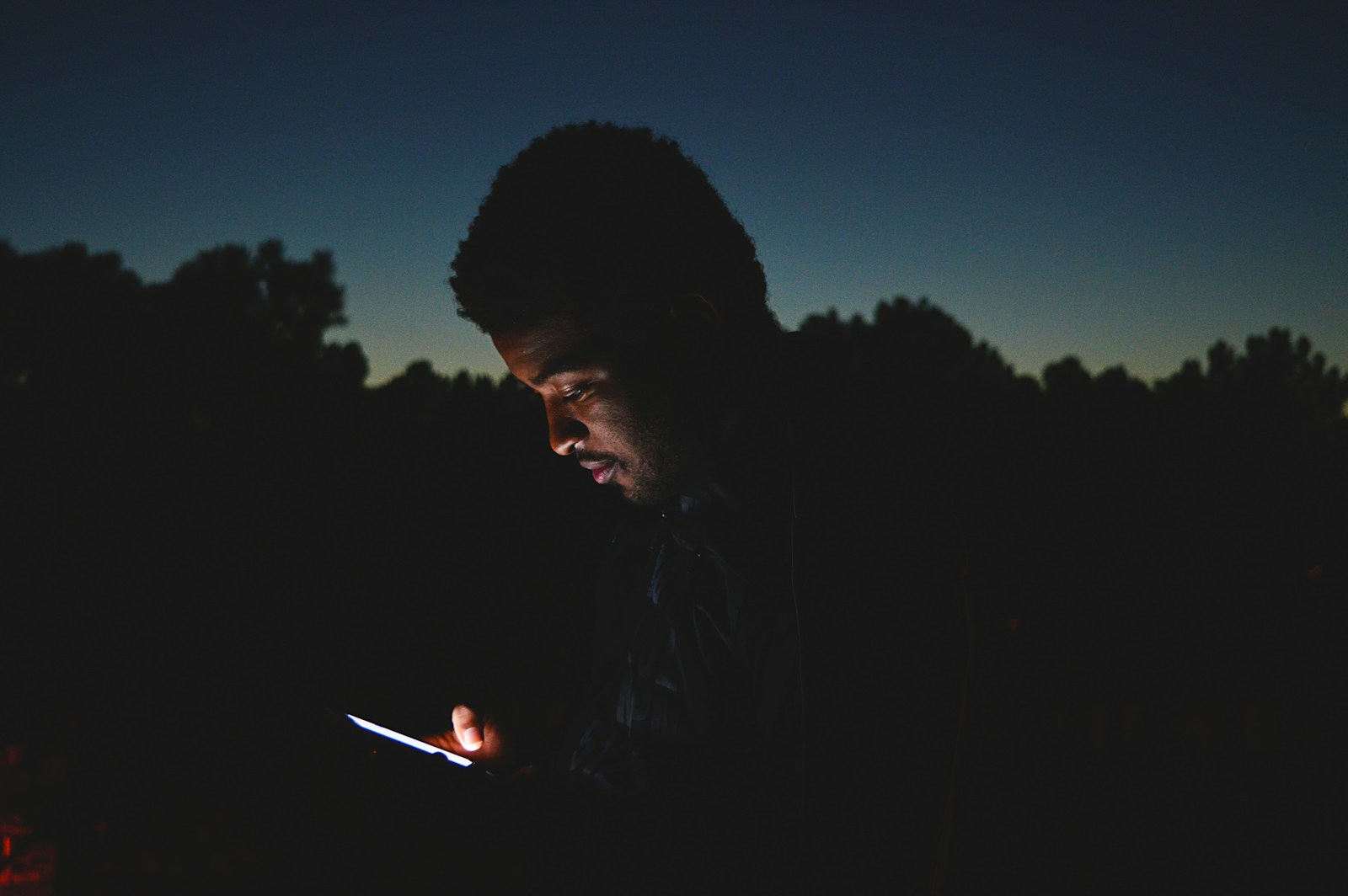Light Therapy for Better Sleep: How It Works
Meta description: Discover how light therapy can improve your sleep by resetting your body clock, enhancing melatonin production, and reducing insomnia symptoms.
Struggling to fall asleep at night or wake up refreshed in the morning? You’re not alone. Millions of people face sleep challenges due to modern lifestyles, screen exposure, and irregular schedules. One clinically-backed solution gaining popularity is light therapy for better sleep. In this article, we’ll explore how light therapy works, its benefits, how to use it properly, and who can benefit most from it.
What Is Light Therapy for Better Sleep?
Light therapy, also known as bright light therapy or phototherapy, involves exposure to artificial light that mimics natural sunlight. It’s commonly delivered through specialized light therapy boxes or lamps. This technique is designed to influence the body’s circadian rhythm — the internal clock that dictates when you feel sleepy or awake.
The body regulates sleep through the production of melatonin, a hormone triggered by darkness. However, factors like late-night screen use, shift work, and limited daytime sunlight exposure can disrupt this cycle. Light therapy counters this issue by exposing your eyes to bright light at specific times, helping to recalibrate your natural sleep-wake pattern.
How Does Light Therapy Help You Sleep Better?
Using light therapy for better sleep works by delivering controlled exposure to intense, artificial light, signaling your brain to reduce melatonin production in the morning and boost it at night. Here’s how it influences your sleep:
- Resets Circadian Rhythm: Exposure to bright light in the morning helps sync your biological clock to a regular schedule, promoting earlier sleep onset.
- Stimulates Wakefulness: Morning light therapy increases alertness and boosts energy levels throughout the day.
- Improves Melatonin Cycle: Consistent light therapy helps develop a healthy balance of melatonin, enhancing nighttime sleep quality.
- Reduces Sleep Latency: It helps you fall asleep faster by retraining the brain to associate night with drowsiness.
When and How to Use Light Therapy
Proper timing is essential to gain the full benefits of light therapy. Here’s a step-by-step guide to using light therapy for improved sleep:
1. Choose the Right Light Therapy Device
- Use a box or lamp that emits light in the range of 10,000 lux.
- Ensure the light is UV-filtered to avoid skin and eye damage.
- Position the lamp about 16 to 24 inches from your face.
2. Timing Matters
For people with delayed sleep phase disorder (trouble falling asleep), use the light box in the morning, typically between 6 AM and 9 AM. For advanced sleep phase (waking up too early), evening exposure may be more beneficial. Consult a sleep specialist if unsure.
3. Use Consistently
Consistency is key. Start with 20–30 minute sessions daily, ideally at the same time each day. Some people may require longer exposure times, especially during winter when natural sunlight is limited.
Conditions That Benefit from Light Therapy
While light therapy for better sleep is often recommended for general sleep improvement, it’s particularly effective for addressing sleep disorders such as:
- Insomnia: Helps regulate body clock and reduce the time it takes to fall asleep.
- Seasonal Affective Disorder (SAD): Often linked to disrupted circadian rhythms during winter months.
- Shift Work Sleep Disorder: Re-entrains the body to adjust to irregular working hours and nighttime sleep cycles.
- Jet Lag: Assists travelers in adjusting to new time zones more quickly by resetting the internal clock.
Light Therapy and Melatonin Production
Melatonin plays a central role in regulating sleep. Light therapy helps in two primary ways:
- Morning Light Exposure suppresses melatonin, keeping you alert during the day.
- Reduced Light Exposure in the Evening allows melatonin levels to rise naturally, preparing your body for sleep.
Studies have shown that a properly timed regimen of light exposure can significantly improve both sleep onset and overall sleep quality by optimizing melatonin rhythms.
Tips for Maximizing Results
To ensure effective results when using light therapy, consider these practical recommendations:
- Avoid screens and bright light 1–2 hours before bedtime.
- Go to bed and wake up at consistent times, even on weekends.
- Create a relaxing evening routine with dim lighting before sleep.
- Use blackout curtains to eliminate unwanted light at night.
- Combine light therapy with Cognitive Behavioral Therapy for Insomnia (CBT-I) for compounded benefits.
Are There Side Effects?
Light therapy is generally safe, but some users may experience mild side effects, especially during the initial stages. These include:
- Eye strain or discomfort
- Headaches
- Nausea
- Agitation or irritability
These symptoms often resolve once your body adapts. If not, consider reducing the session time or speaking with a healthcare professional. People with conditions like bipolar disorder, eye conditions, or those on specific medications should consult a doctor before starting light therapy.
FAQs About Light Therapy for Sleep
Can I use light therapy at night?
Generally, no. Using bright light at night can suppress melatonin and disrupt sleep. However, evening sessions may be beneficial for early risers needing to stay awake longer.
How soon will I see results?
Many users report improvements within a few days to two weeks. Consistency and timing are crucial for effective results.
Can children or teens use light therapy?
Yes, but always consult a pediatrician or sleep specialist first. Light therapy can help teens whose natural circadian rhythms tend to make them late-night sleepers.
Conclusion: Is Light Therapy a Good Solution for You?
If poor sleep is affecting your mood, performance, or health, light therapy for better sleep may be an effective and natural solution. By syncing your circadian rhythm, boosting melatonin production, and promoting healthier sleep habits, light therapy offers a science-based alternative to medication and supplements.
Whether you’re dealing with insomnia, shift work, or seasonal changes, light therapy could be your key to better sleep. Start with a quality light therapy lamp, stay consistent, and pair it with good sleep hygiene for best results.
Ready to take control of your sleep? Explore top-rated light therapy lamps online and let the sunshine back into your sleep routine—no matter the season.





